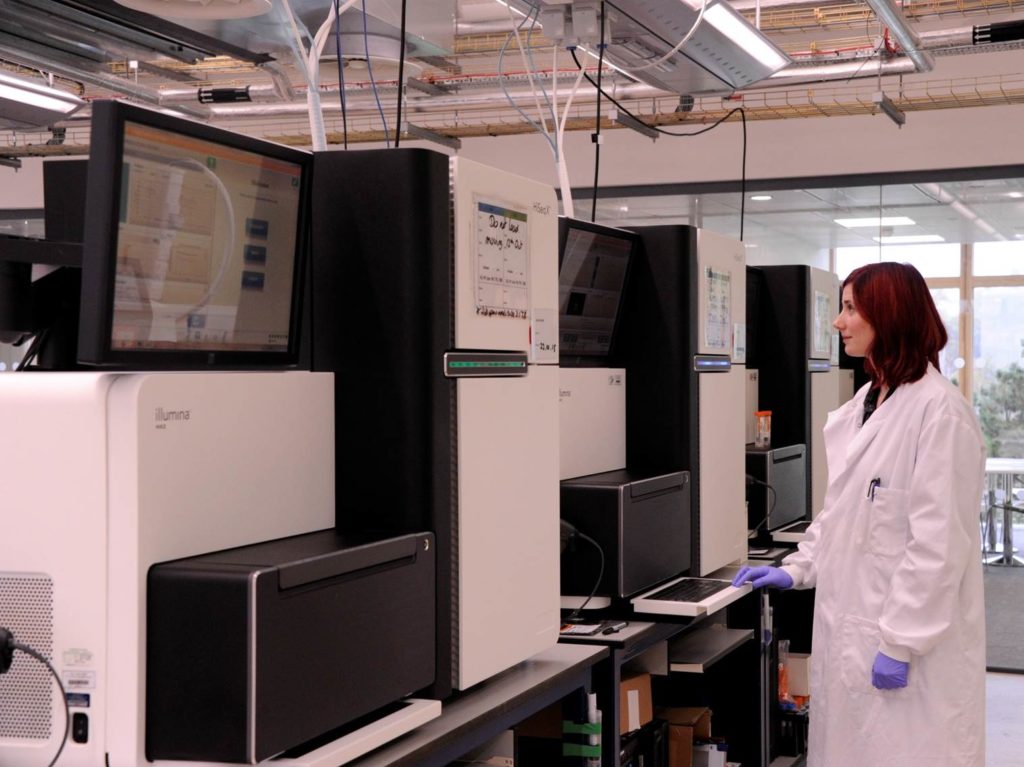The Past’s Future
Photograph | Hidden Lives: a story of discovery
Studying ancient DNA has revolutionised the field of human evolutionary genetics and is transforming our understanding of our past. Analysing ancient human genomes has shown that the history of humans is more complicated than is suggested from studying modern human DNA alone. Furthermore, detecting the mixing of humans and extinct species like Neanderthals and Denisovans would be impossible without ancient DNA.
The physical decay of a DNA molecule over time will always be a problem, but the ability to sequence ancient DNA, and distinguish ancient DNA from other contaminating DNA, is continually being improved. To date, most ancient DNA studies have focused on Eurasian remains, in part because the environmental conditions favour the preservation of biological material like DNA. In the future we may be better at recovering ancient DNA from other, less favourable, climates such as the tropics. Studying more samples from around the world will help form the complex, interwoven picture of global human history.
Advances in the science of handling and studying ancient DNA will enable us to refine current theories about population migration and mixing by enabling direct tracking of genetic changes over time. They might also answer long-standing questions about our ancestors: Did our ancestors mix with other ancient humans? How frequent was this mixing? What are the genetic profiles of extinct humans we only know about from fossil records? What did these ancestors look like? As every new sample adds more details to our general picture, future ancient DNA studies will continue to shape, and challenge, our understanding of human evolution and migrations.
